Related Research Articles
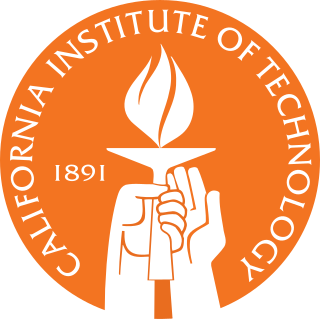
The California Institute of Technology (branded as Caltech) is a private research university in Pasadena, California. The university is responsible for many modern scientific advances and is among a small group of institutes of technology in the United States that are devoted to the instruction of pure and applied sciences.

David Baltimore is an American biologist, university administrator, and 1975 Nobel laureate in Physiology or Medicine. He is a professor of biology at the California Institute of Technology (Caltech), where he served as president from 1997 to 2006. He founded the Whitehead Institute and directed it from 1982 to 1990. In 2008, he served as president of the American Association for the Advancement of Science.

Joshua Lederberg, ForMemRS was an American molecular biologist known for his work in microbial genetics, artificial intelligence, and the United States space program. He was 33 years old when he won the 1958 Nobel Prize in Physiology or Medicine for discovering that bacteria can mate and exchange genes. He shared the prize with Edward Tatum and George Beadle, who won for their work with genetics.
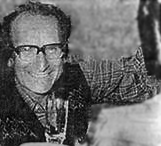
César Milstein, CH, FRS was an Argentine biochemist in the field of antibody research. Milstein shared the Nobel Prize in Physiology or Medicine in 1984 with Niels Kaj Jerne and Georges J. F. Köhler for developing the hybridoma technique for the production of monoclonal antibodies.
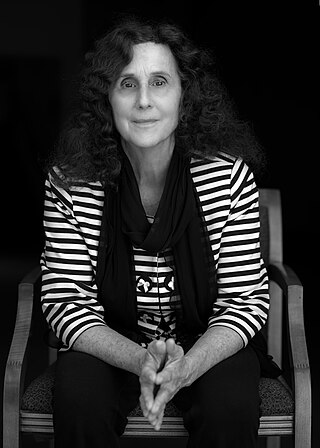
Pamela Jane Bjorkman NAS, AAAS is an American biochemist and molecular biologist. She is the David Baltimore Professor of Biology and Biological Engineering at the California Institute of Technology (Caltech). Her research centers on the study of the three-dimensional structures of proteins related to Class I MHC, or Major Histocompatibility Complex, proteins of the immune system, and proteins involved in the immune responses to viruses. Bjorkman's goal is to improve current therapeutic applications. Bjorkman is most well known as a pioneer in the field of structural biology.

Helen Rhoda Arnold Quinn is an Australian-born particle physicist and educator who has made major contributions to both fields. Her contributions to theoretical physics include the Peccei–Quinn theory which implies a corresponding symmetry of nature and contributions to the search for a unified theory for the three types of particle interactions. As Chair of the Board on Science Education of the National Academy of Sciences, Quinn led the effort that produced A Framework for K-12 Science Education: Practices, Crosscutting Concepts, and Core Ideas—the basis for the Next Generation Science Standards adopted by many states. Her honours include the Dirac Medal of the International Center for Theoretical Physics, the Oskar Klein Medal from the Royal Swedish Academy of Sciences, appointment as an Honorary Officer of the Order of Australia, the J. J. Sakurai Prize for Theoretical Particle Physics from the American Physical Society, the Karl Taylor Compton Medal for Leadership in Physics from the American Institute of Physics, the 2018 Benjamin Franklin Medal in Physics from the Franklin Institute, and the 2023 Harvey Prize from Technion -- Israel Institute of Technology.
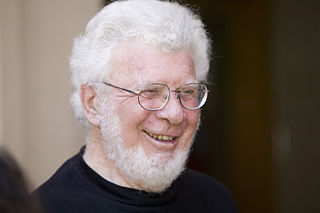
Leonard Arthur "Len" Herzenberg was an immunologist, geneticist and professor at Stanford University. His contributions to the development of cell biology made it possible to sort viable cells by their specific properties.

Philippa "Pippa" Marrack, FRS is an English immunologist and academic, based in the United States, best known for her research and discoveries pertaining to T cells. Marrack is the Ida and Cecil Green Professor and chair of the Department of Biomedical Research at National Jewish Health and a distinguished professor of immunology and microbiology at the University of Colorado Denver.

Marian Elliott "Bunny" Koshland was an American immunologist who discovered that the differences in amino acid composition of antibodies explain the efficiency and effectiveness with which they combat a huge range of foreign invaders.
Hugh O'Neill McDevitt ForMemRS was an immunologist and Professor of Microbiology and Immunology at Stanford University School of Medicine.
Frederick W. Alt is an American geneticist. He is a member of the Immunology section of the National Academy of Sciences and a Charles A. Janeway Professor of Pediatrics, and Professor of Genetics at Harvard Medical School. He is the Director of the Program in Cellular and Molecular Medicine at the Boston Children's Hospital. He is a Howard Hughes Medical Institute investigator, since 1987.
Roger M. Perlmutter is the former executive vice president of Merck & Co. and former president of Merck Research Laboratories. He is currently a non-executive director of Merck Research Laboratories.
Caroline Stuart Littlejohn Herzenberg is an American physicist.
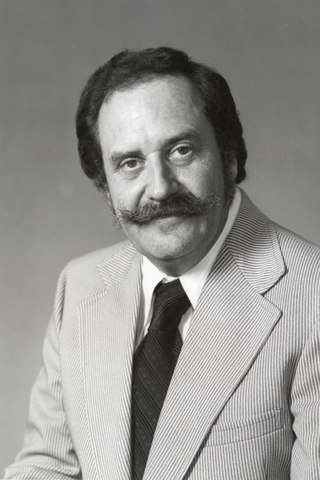
Ray David Owen was a teacher and scientist whose discovery of unusual, “mixed,” red blood cell types in cattle twins in 1945 launched the fields of modern immunology and organ transplantation. Owen's 1945 findings were published in the journal Science. This observation demonstrated that self was “learned” by the immune system during development and paved the way for research involving induction of immune tolerance and early tissue grafting. When Frank Macfarlane Burnet and Sir Peter Brian Medawar were awarded their 1960 Nobel Prize in Physiology or Medicine for the discovery of acquired immunological tolerance, Owen was not mentioned in the prize. However, in a letter to Owen, Medawar stated that he believed Owen should have also been included in the prize. Owen also led the successful effort to admit women as California Institute of Technology undergraduates.
Mary Hewitt Loveless was an American physician and immunologist who specialized in allergies. She is best known for her discovery that Hymenoptera insect venom allergies could be treated with extracts of the insects' venom sacs.
Olivera J. Finn is a Yugoslav-American immunologist who is a distinguished professor and former chair of the department of immunology at the University of Pittsburgh (2001–2013) and former director of the Cancer Immunology Program at the University of Pittsburgh Cancer Institute (1999–2014). She was president of the American Association of Immunologists from 2007 to 2008 and served on the AAI Council from 2002 to 2006.
Jenny Pan-Yun Ting is a Chinese-American immunologist and microbiologist at University of North Carolina. She is a highly cited researcher who studies the role of NLR genes in regulating inflammation and how nanoparticles and microparticles can be used as vaccine adjuvants. She was president of the American Association of Immunologists from 2020 to 2021.

Ellen V. Rothenberg is an American biologist who is an Edward B. Lewis Professor of Biology at the California Institute of Technology. She investigates the molecular mechanisms that underpin lineage choice. She is an elected fellow of the American Association for the Advancement of Science, American Academy of Arts and Sciences and the National Academy of Sciences.
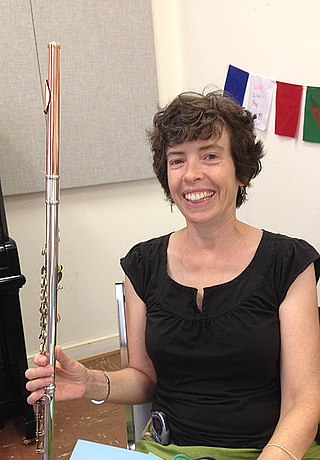
Joy Ann Williams was an American immunologist at the National Cancer Institute where she researched the biology of thymic development.
Pamela J. Fink is a professor emerita in the Department of Immunology at the University of Washington School of Medicine. Fink was the first woman to be editor-in-chief of the Journal of Immunology, serving from 2013–2018.
References
- ↑ Douglas Martin (2013). "Leonard Herzenberg, 81, Immunologist Who Revolutionized Research, Dies". New York Times. Retrieved 21 November 2013.
- 1 2 Leonard A. Herzenberg and Leonore A. Herzenberg (2004). "Genetics, FACS, Immunology, and Redox: A Tale of Two Lives Intertwined". Annual Review of Immunology. 22. Annual Reviews: 1–31. doi:10.1146/annurev.immunol.22.012703.104727. PMID 15032572.
- ↑ "Biography". Stanford. Retrieved 21 November 2013.
- ↑ "Herzenberg Laboratory". Stanford. Archived from the original on 19 March 2005. Retrieved 21 November 2013.
- ↑ "Video Interview with Mario Roederer and the Herzenbergs". Annual Reviews.
- ↑ "Bicycle Trip" . Retrieved 21 November 2013.